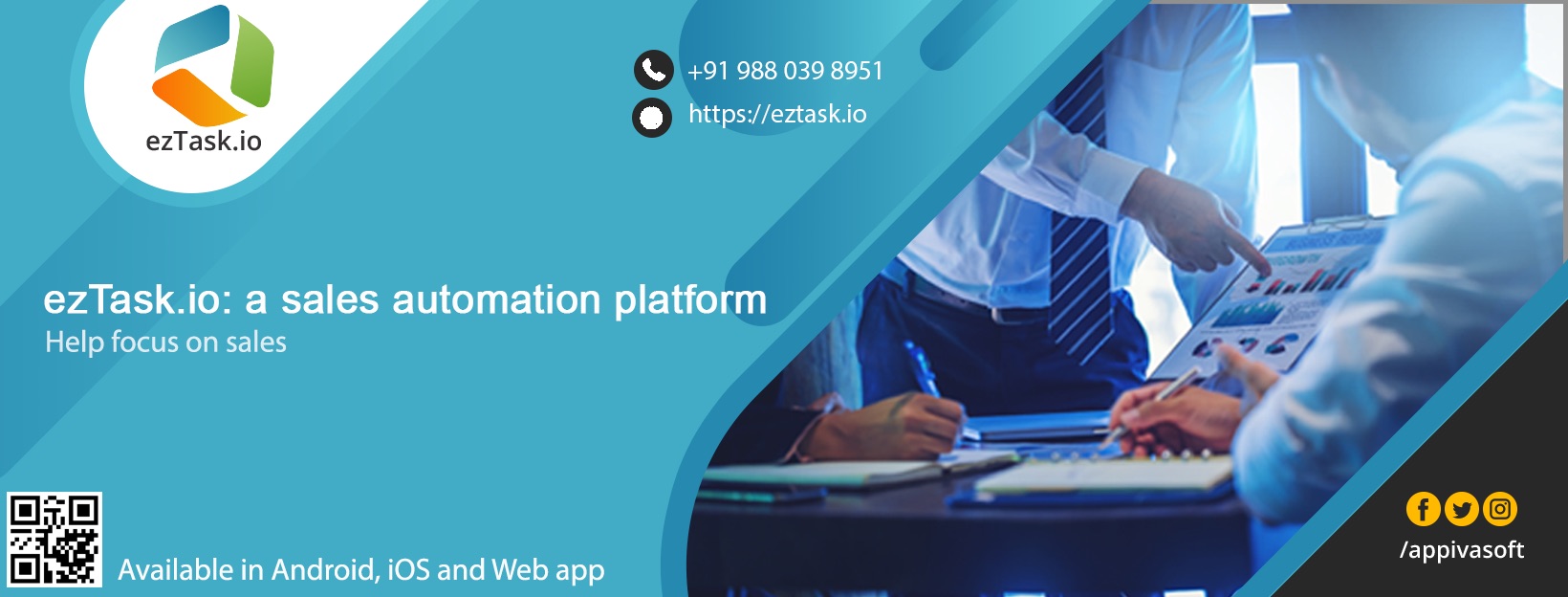
Its a common practice among sales team to use excel sheet to manage all sales related activities. Excel is a very nice tool, it provides lots of inbuilt features and powerful macro to help in complex and frequent calculations. Early days, there was no alternative to excel for doing sales activities. But it was made for one purpose: managing numbers. Using it to do anything beyond this capacity like as a sales automation tool for managing sales well, with all the other options out there, Excel just isn’t the answer, and it can brings a lot of problems with new businesses.
If you are using excel as a Customer Relationship management tool then I would request to look at following points, please ensure its not hurting you and your business than the help you are getting by using excel as sales automation tool.
Excel is not secure: First of all excel is not secure. If you are a sales leader then you must be knowing how important it is to keep your estimation secret and not to share with your team. A company’s financial information shouldn’t be visible to just anyone who works there—there needs to be measures in place to secure this data to only a select few employees to prevent it from getting leaked. You can though password protect an excel sheet, but you cant share with anybody and all it takes is your password to get insight of your sensitive sales data.
At the same time also you need to share portion of your sales data with your team, that means you cannot password protect your whole excel document. You need to maintain multiple excel sheet.
And imagine how much work it needs for a medium sized team.
Excel is not scalable: Your customer base keeps increasing day by day, so it’s important they’re well taken care of. If your company’s just starting out, then sure, you may be able to get away with using Excel to organize lead and customer details and sales data. Once you start adding more customers and salespeople to the equation, however, your Excel tracking system will get messy, fast. Messy data means it’ll be harder to effectively take care your prospects, inevitably leading to lost sales.
Excel can’t contain all your data: Your data is spread out throughout your emails, your computer (which you’ve been meaning to organize), physical sheets of paper scattered around the office. Wouldn’t it be nice if all this data was in one place?
You could try consolidating it all into a spreadsheet but you need to do all manual data entry to keep all data, then maintenance is a nightmare.
Excel isn’t mobile-friendly: You need your data to be ready, at your fingertips, for whenever you may need it. So, having it sit on your computer’s desktop or in a shared folder only accessible via VPN isn’t going to help you much when you’re working remotely or anywhere besides sitting at your desk.
Difficult to collaborate: The same spreadsheet has been emailed back and forth so many times, it’s hard to know which one is the most up-to-date version.
UX and Intuitiveness: You need to view all your data in a proper format, some time generate report on demand.
This is not how collaboration should be done.
Excel doesn’t let multiple people work on the same file at once. If the spreadsheet is located in a shared folder, multiple people may open it, but only one person can make edits at a time.
Passing a spreadsheet on from one person to another to make edits is a slow way of doing things. Plus, there’s no version control, so you can’t tell who made what changes when edits are made.

